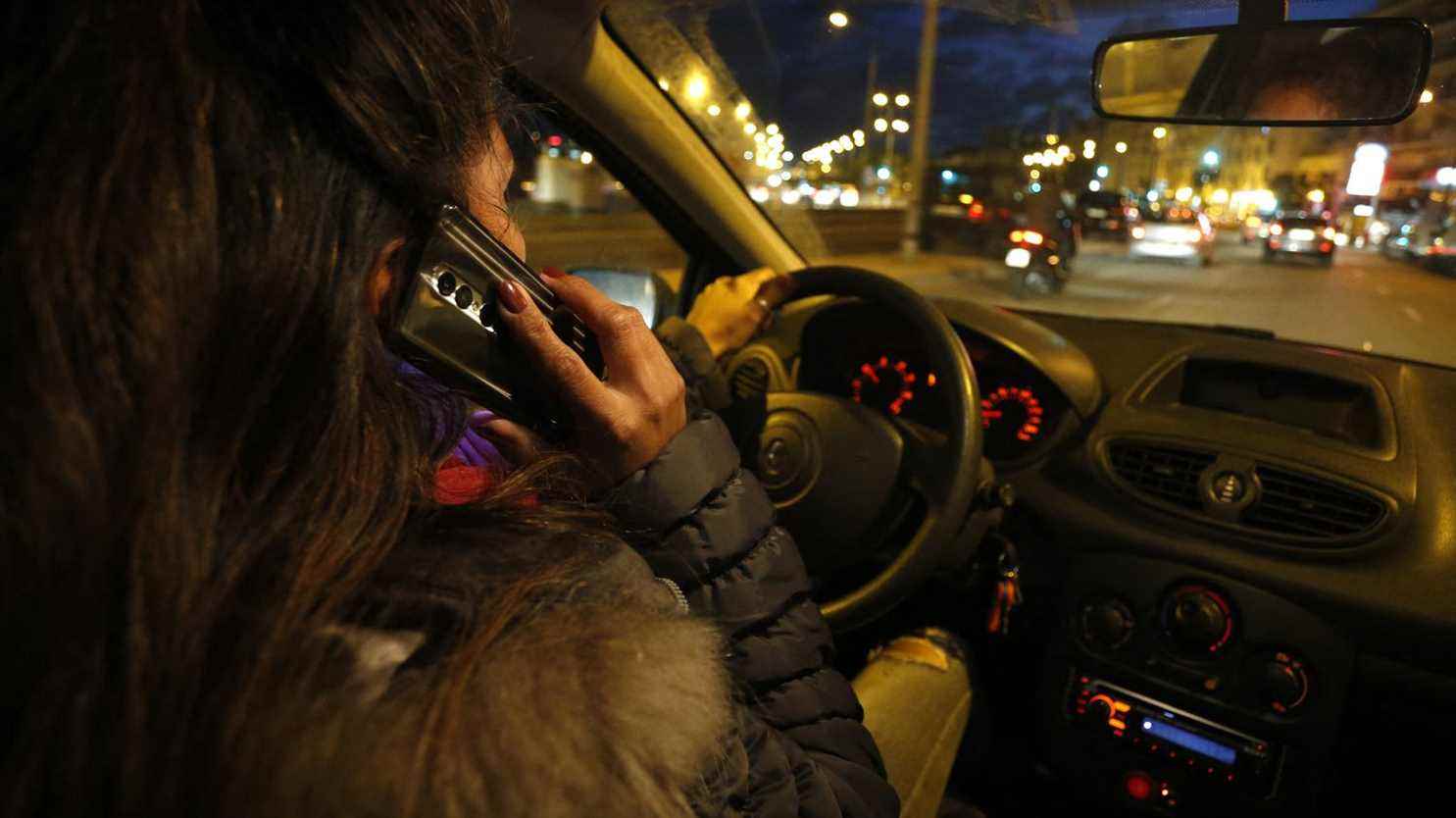The steering wheel phone is “a triple source of distraction, manual, visual and cognitive”, said Tuesday April 5 on franceinfo Christophe Ramond, director of studies and research at the Prévention Routière association. Nearly 80% of motorists use their phone while driving, a record figure and a sharp increase compared to last year, according to the 2022 Axa Prevention of behavior on the road barometer published on Tuesday.
For Christophe Ramond, the Covid-19 crisis “has amplified the phenomenon”. The Prévention Routière association asks in particular “a right to disconnect” for professionals “who are most often on the phone” and have “tendency to respond to requests for work.”
franceinfo: How do you explain this very high use of the telephone while driving?
Christopher Raymond: If we look at the last two years, there has been a very important event which has been the Covid crisis. And the use of digital, in general, has exploded in our daily lives. We find it on the roads, be it the telephone call, but also videoconferencing, the use of social networks and all information systems and other applications. It’s an old trend. And we see it in surveys, whether declarative or roadside observation: more and more drivers, motorcyclists or cyclists use the telephone while driving. This Covid crisis may have amplified this phenomenon.
Does using a phone while driving greatly increase the risk of an accident?
Yes, it is a triple source of distraction: manual because you are going to handle the phone, visual because your gaze leaves the road to look at the screen, and cognitive because rather than paying attention to cyclists and pedestrians who may being all around the vehicle, you will have your attention captured by the telephone conversation or the messages that you are reading or writing.
“We have an estimate which is that 10% of accidents are linked to the use of the telephone. But in reality, we don’t really know, because today smartphones are permanently connected.”
Christophe Ramond, director of studies and research at the Prévention Routière associationat franceinfo
You constantly have signals coming into the phone. So it is very difficult, in the event of an accident, to check whether there was distraction at the time of the accident.
Is it necessary to go through shock campaigns to make these risks understood?
We have to go through awareness campaigns. And there are steps to take. For example, my association asks for a right to disconnect. You know that employees, when they travel on a professional basis, they tend to respond to requests for work. There should be a measure in the law that protects them from these solicitations. When we look at drivers in the streets or on the roads, the drivers who are most often on the phone are the drivers of professional vehicles, and in particular vans or heavy goods vehicles. So, we really have to take measures to limit the use of the telephone, whether it is telephony or digital.
What message to send to those who use their phone while driving?
I have two tips. Make your phone calls before leaving, especially when you leave work. Rather than calling the family or checking these messages while riding, you do it two minutes before leaving. And along the way, especially if you’re on a long drive, take advantage of breaks, take breaks regularly, at least every two hours, and take the opportunity to make your calls or check your messages. And while driving, you turn off the phone or put it in airplane mode so as not to be solicited.
